The truth about Christmas carols
The composer and tenor Andrew Gant reveals the curious truth about some of our most beloved carols.
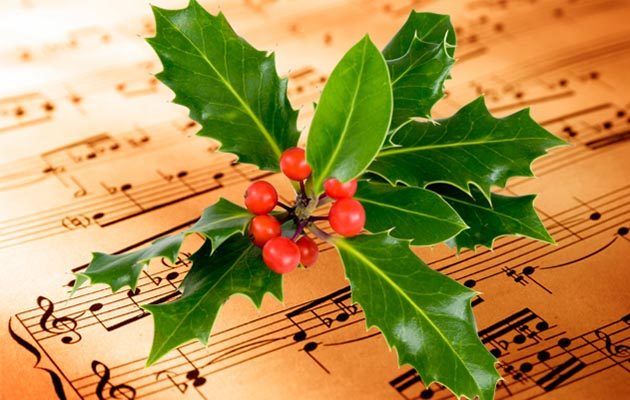

As you sing it lustily, have you ever wondered how Charles Wesley’s elegant hymn Hark, the Herald Angels Sing got hitched to Mendelssohn’s tub-thumping melody? It seems an unlikely match. Wesley’s original was actually Hark, how all the welkin rings ‘welkin’ is an archaic term for the firmament or heavens and he and his contemporaries would have sung the words to many different tunes.
The marriage was the brainchild of a middle-ranking church musician and light operatic tenor called William Hayman Cummings. The tune is from a cantata that Mendelssohn composed in honour of the anniversary of the birth of the printer Johannes Gutenberg. Ironically, he told his publisher that this tune would ‘never do to sacred words’ on account of it being too ‘soldierlike and buxom’.
The means by which popular songs became the carols we know and love are many and various. Some, like Hark, the Herald, started out with words about something completely different and some started with no words at all. The tune to Ding Dong Merrily On High, for example, first saw the light of day in a 16th-century French dancing manual. It’s printed complete with instructions for dancing the branle, which roughly translate as ‘Put your left leg out, put your right leg in, jump up, feet together and again to the right’.
It’s strange to think that, for much of our history, carols were nothing whatsoever to do with church. In fact, singing them during a service would have been illegal. The first one authorised for use duringworship was a poem by Nicholas Tate, published in 1698 under the title Song of the Angels at the Nativity of our Blessed Saviour. It begins: ‘Whilst shepherds watched their flocks by night…’
No tune was provided and the poem proved so popular that it was soon sung to a whole family of folk songs, hymn-tunes borrowed from elsewhere, specially composed melodies (including the one we know as On Ilkely Moor baht ’at) and any number of others. The tune we sing today began life in a psalm-book in the 1550s, set to completely different words with no sheep or shepherds involved.
Many of our carols have their roots in folk song and the traditions of the countryside. Sometimes, the results almost defy explanation. How did the partridge get up a pear tree? It is, according to the RSPB, ‘strictly a ground-dwelling bird’. Could it have something to do with the French word for partridge being perdrix, which sounds like ‘pear tree’? Or is it a garbled version of an earlier original about some other tree?
This song, like many others, takes its place within an existing folk tradition: it’s a counting song, like Green grow the rushes-Oh or One man went to mow, with a strong dash of the nonsense song in here, too. All of which led some more high-minded types to take a dim view of carols. One writer developed a pronounced dislike of Good King Wenceslas, calling it ‘ponderous moral doggerel’ and hoping that it ‘may gradually pass into disuse’. But it didn’t people like what they know. Again, an ancient melody in this case, an entirely secular song from a 16th-century songbook was put to words by a Victorian clergymen, John Mason Neale, in 1853.
Sign up for the Country Life Newsletter
Exquisite houses, the beauty of Nature, and how to get the most from your life, straight to your inbox.
We have clergymen to thank for the reason that the lyrics of so many carols have a rather old-fashioned feel. Musically inclined priests such as Mason Neale, Thomas Helmore, George Ratcliffe Woodward and Sabine Baring-Gould (who inherited an estate in Devon and published more than 1,200 books, which he wrote standing up) played a hugely important role in the formulation of the modern carol canon. Their Victorian versifying (‘Forth they went together’, ‘e’en so here below’, ‘No crying he makes’ and so on) has become part of how we do Christmas.
Mrs C. F. Alexander, wife of the Bishop of Derry, wrote the words for Once in Royal David’s City, It came upon a midnight clear was penned by an American pastor, Edmund Sears, in Massachusetts, and O Little Town of Bethlehem was written in 1868 by the rector of Philadelphia, who was inspired by the tranquil view from the hills of Bethlehem during a pilgrimage to the Holy Land.
And the dead ox? It features in the original words to the tune of O Little Town of Bethlehem, sung to the composer Ralph Vaughan Williams by a bearded old gent in a Surrey village pub in 1903. The choirs of angels came later. Andrew Gant is Stipendiary Lecturer in Music at St Peter’s College and St Edmund Hall at the University of Oxford. His latest book is ‘Christmas Carols, From Village Green to Church Choir’ (Profile Books, £9.99)
Did you know?
• Many of our best-known carols began life in a Finnish songbook, published in 1582 for use by schoolchildren. It includes Personent Hodie, originally a song about three boys who were murdered and pickled before being brought back to life by St Nicholas, and the tune of Good King Wenceslas, which was a spring carol about what priests and virgins got up to at that time of year
• Jingle Bells was written by the uncle of the banker J. P. Morgan, who abandoned his family to go west in the gold rush of 1849 and lost everything in a fire
• Away in a Manger was printed in a newspaper owned and run by the Universalist movement in Philadelphia in the 1880s. The editor confidently informed his readers that the words are by Martin Luther. They’re not.
He also told us which tune was originally intended to be sung with these words not the melody we sing today, but the tune of Henry Bishop’s sentimental parlour song Home! Sweet Home! Try it—it fits rather well
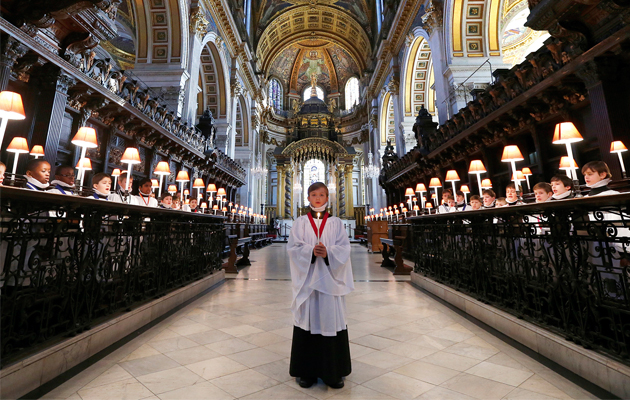
The best Christmas carol services
There will be heavenly music in cathedrals across the land this Christmas.
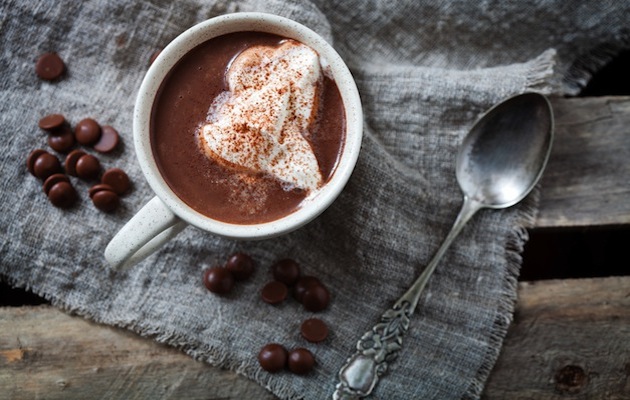
The best hot chocolates for Christmas
Our favourite hot chocolates: delicious, rich and perfect for sipping by the fire.
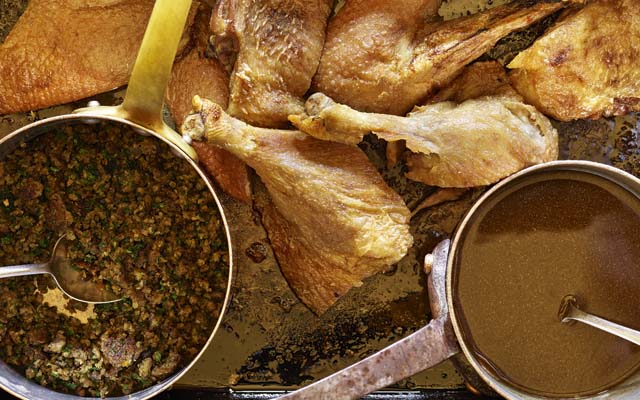
Alternative Christmas dinner ideas
Simon Hopkinson plans to veer off the traditional path this Christmas with delicious duck and a warm pear cake.

The finest smoked salmon for Christmas
It wouldn't be Christmas without smoked salmon, but this year, why not try something a little more unusual?
Country Life is unlike any other magazine: the only glossy weekly on the newsstand and the only magazine that has been guest-edited by HRH The King not once, but twice. It is a celebration of modern rural life and all its diverse joys and pleasures — that was first published in Queen Victoria's Diamond Jubilee year. Our eclectic mixture of witty and informative content — from the most up-to-date property news and commentary and a coveted glimpse inside some of the UK's best houses and gardens, to gardening, the arts and interior design, written by experts in their field — still cannot be found in print or online, anywhere else.
-
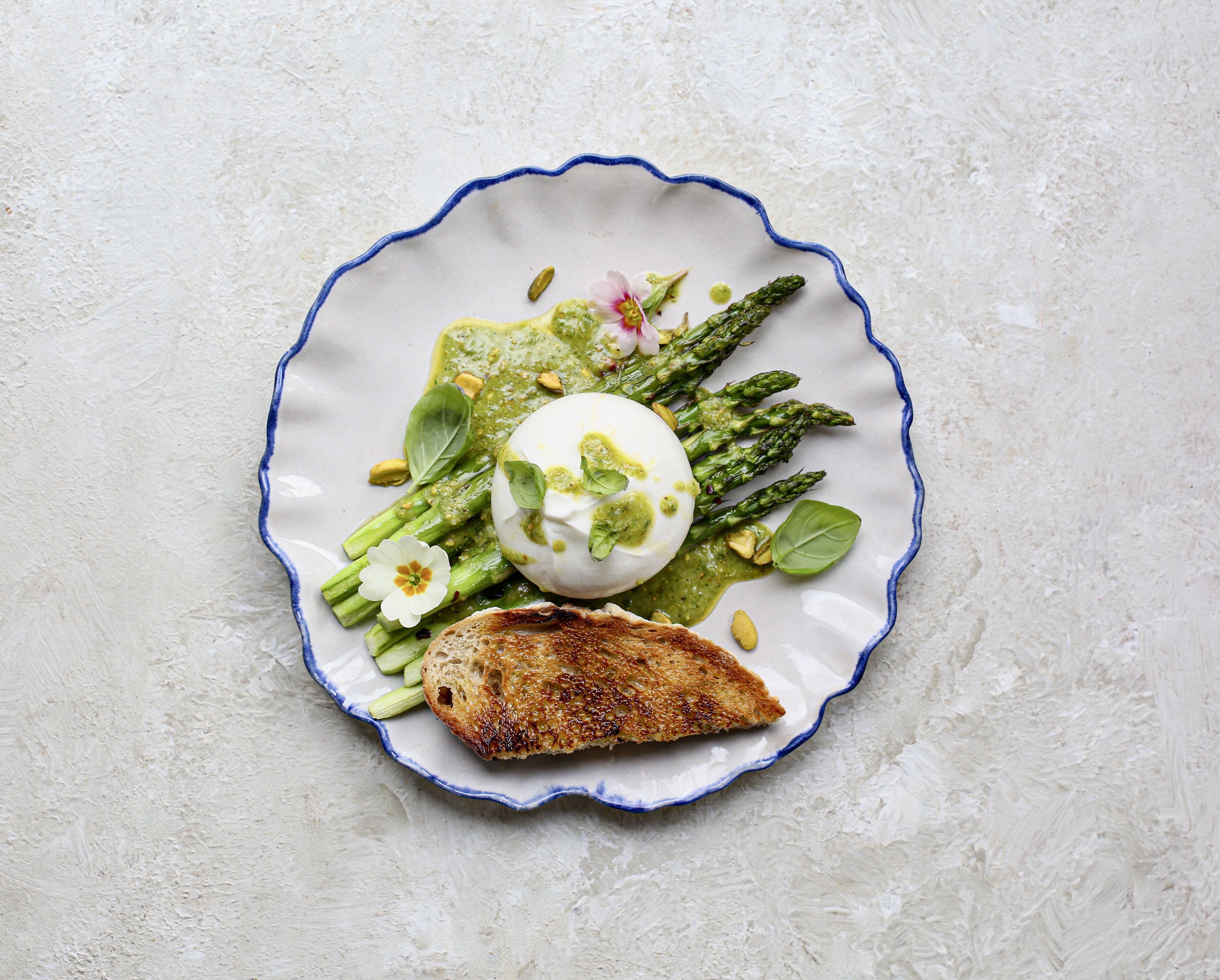 Two quick and easy seasonal asparagus recipes to try this Easter Weekend
Two quick and easy seasonal asparagus recipes to try this Easter WeekendAsparagus has royal roots — it was once a favourite of Madame de Pompadour.
By Melanie Johnson
-
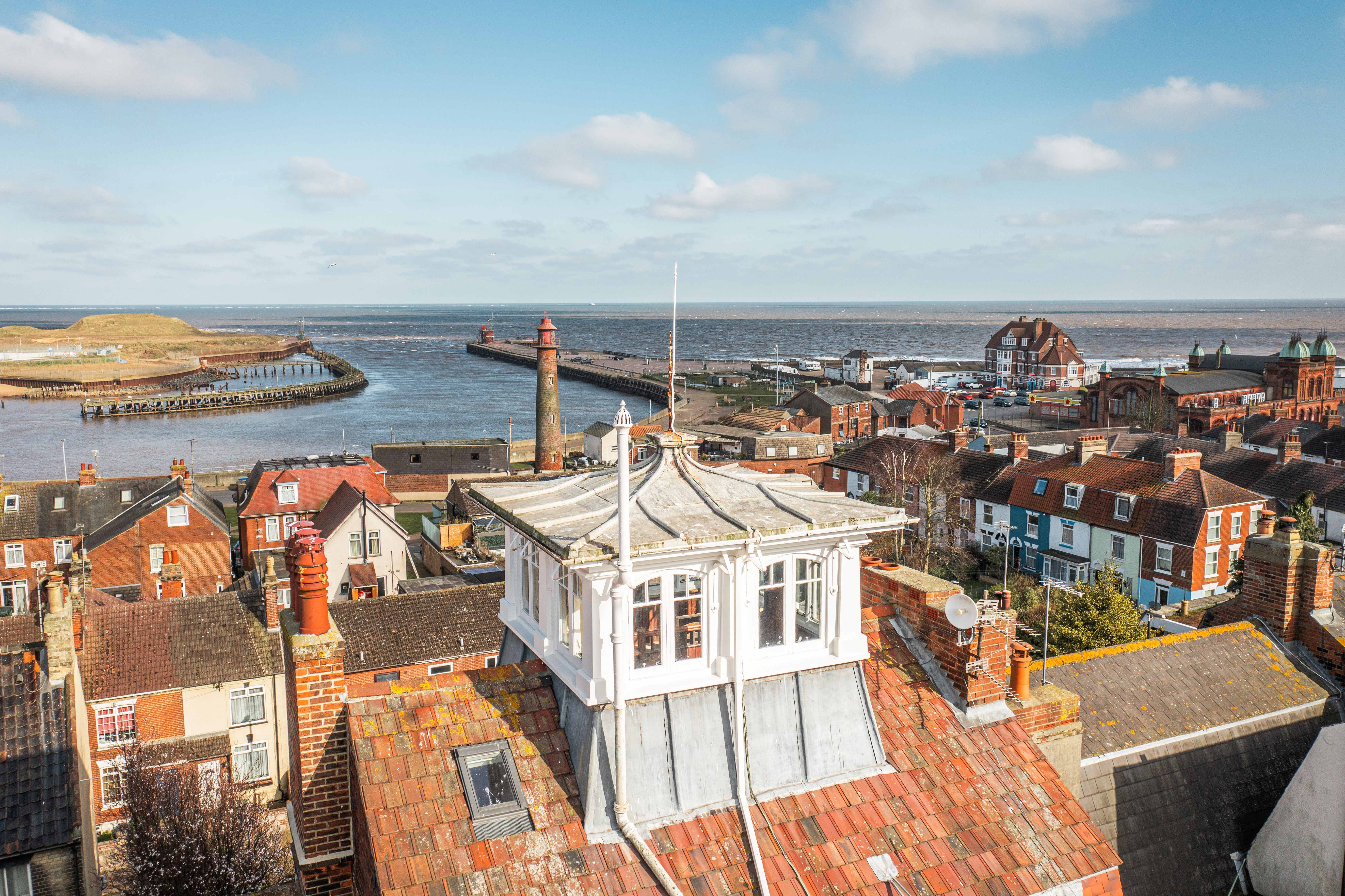 Sip tea and laugh at your neighbours in this seaside Norfolk home with a watchtower
Sip tea and laugh at your neighbours in this seaside Norfolk home with a watchtowerOn Cliff Hill in Gorleston, one home is taller than all the others. It could be yours.
By James Fisher
-
 How to build the perfect snowman
How to build the perfect snowmanIf we get lucky and the weather delivers a big fall of snow, Katy Birchall has the best recipe for building a splendid snowman that will be the envy of your village.
By Katy Birchall
-
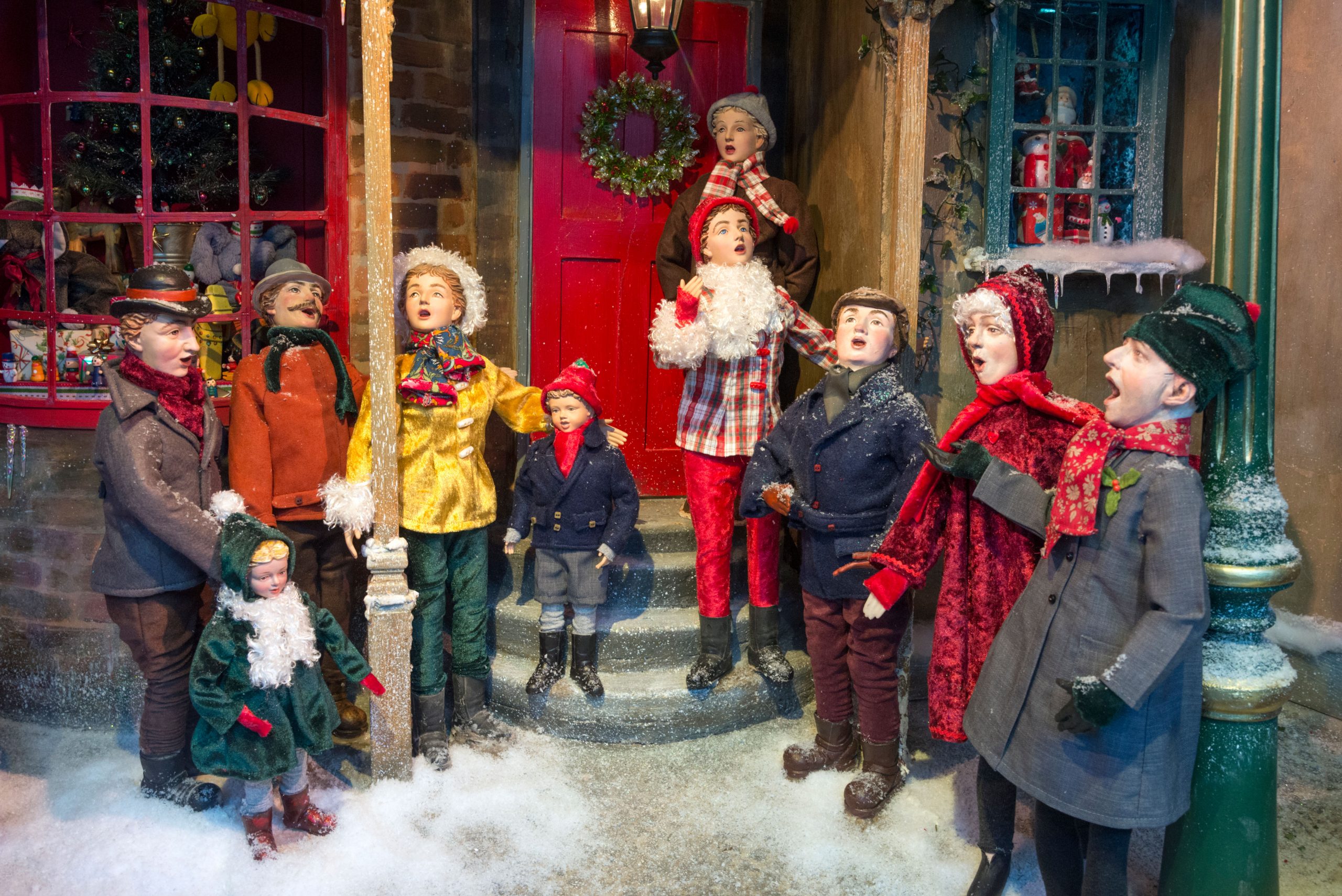 Who wrote the Christmas Carols we know and love? 11 songs and their stories, from Silent Night to Good King Wenceslas
Who wrote the Christmas Carols we know and love? 11 songs and their stories, from Silent Night to Good King WenceslasMany of our best-loved and most moving Christmas carols started life as poems in search of a tune. Andrew Green uncovers the writers whose works were nearly forgotten, yet are now imprinted on the memory.
By Country Life
-
 Best Christmas light trails to see in 2021
Best Christmas light trails to see in 2021We know December is nearly upon us, as the season’s light festivals begin up and down the country — here's our pick of some of the best.
By Toby Keel
-
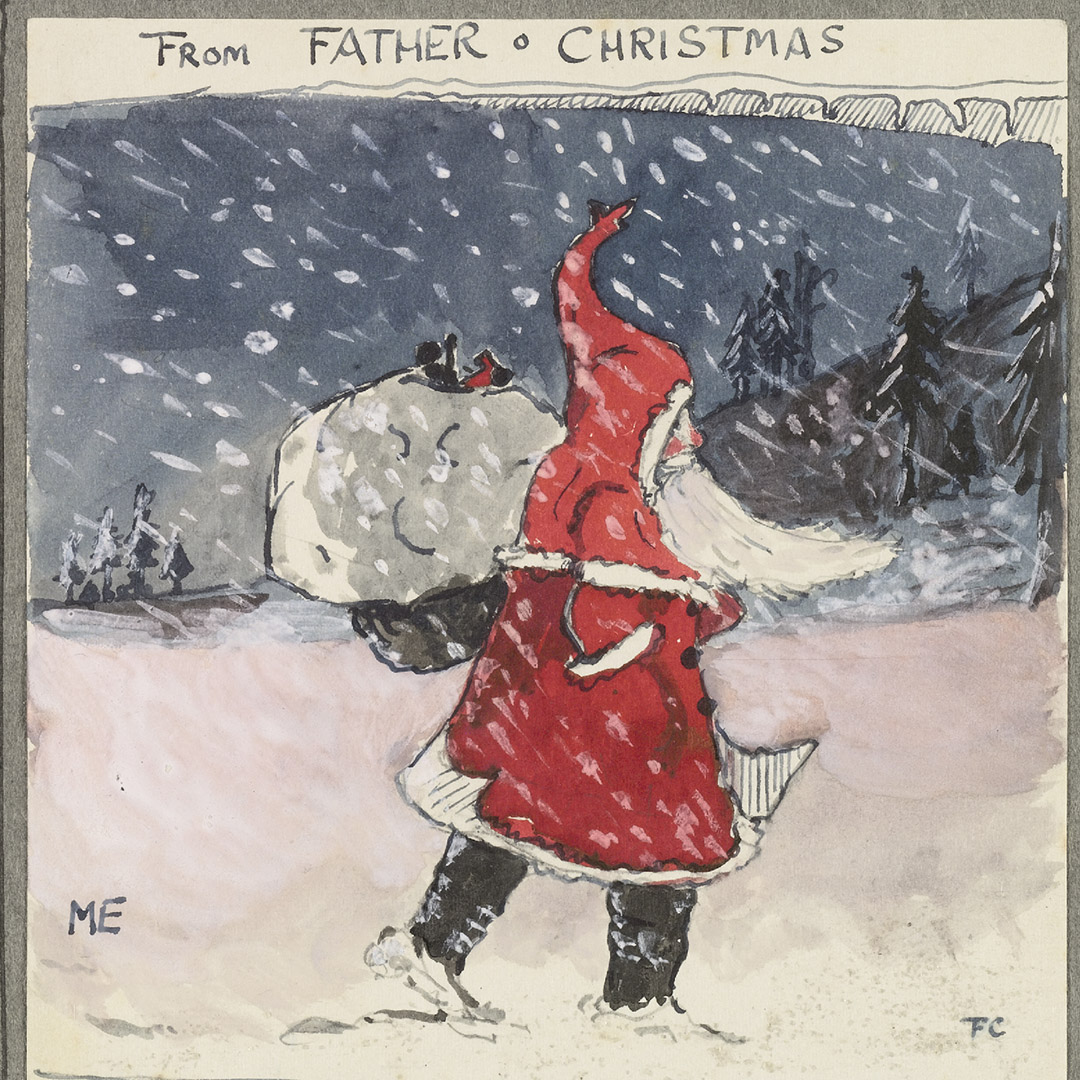 With love from Father Christmas: J.R.R. Tolkien's enchanting Christmas letters to his children
With love from Father Christmas: J.R.R. Tolkien's enchanting Christmas letters to his childrenFor nearly a quarter of a century, J. R. R. Tolkien sent his children elaborate letters and pictures from the North Pole. Ben Lerwill explores the penmanship, kindness and magic that went into Letters From Father Christmas.
By Country Life
-
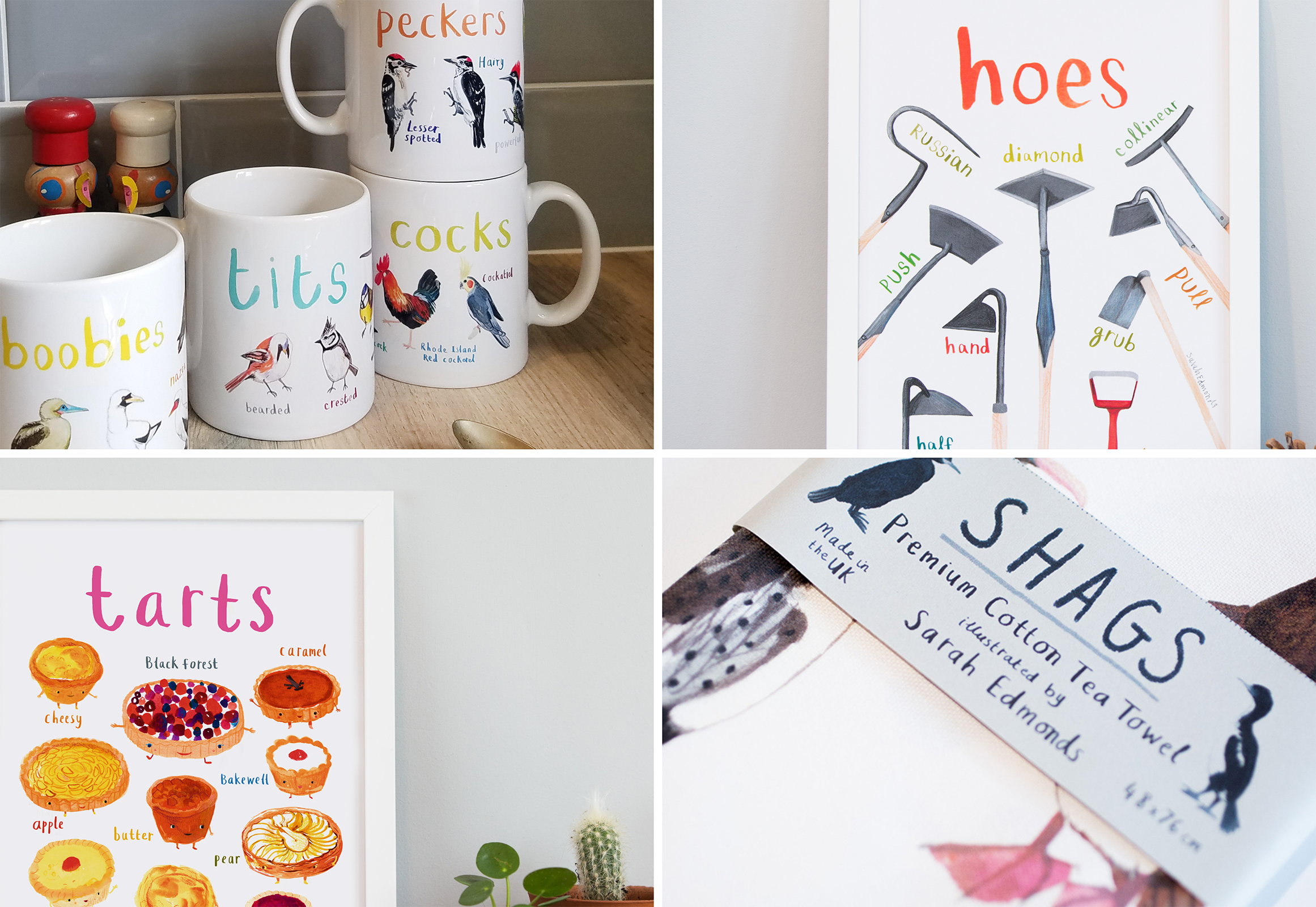 Christmas gifts for nature and garden lovers
Christmas gifts for nature and garden loversIf you're after a gift for somebody who loves the great outdoors – whether in their back garden or out in the wilderness – we've got an idea for you.
By Country Life
-
 The nativity camels: Unbelievably clever, a tad greedy and undeniably festive
The nativity camels: Unbelievably clever, a tad greedy and undeniably festive‘They know we’d never take them anywhere dangerous. They trust us so much.'
By Octavia Pollock
-
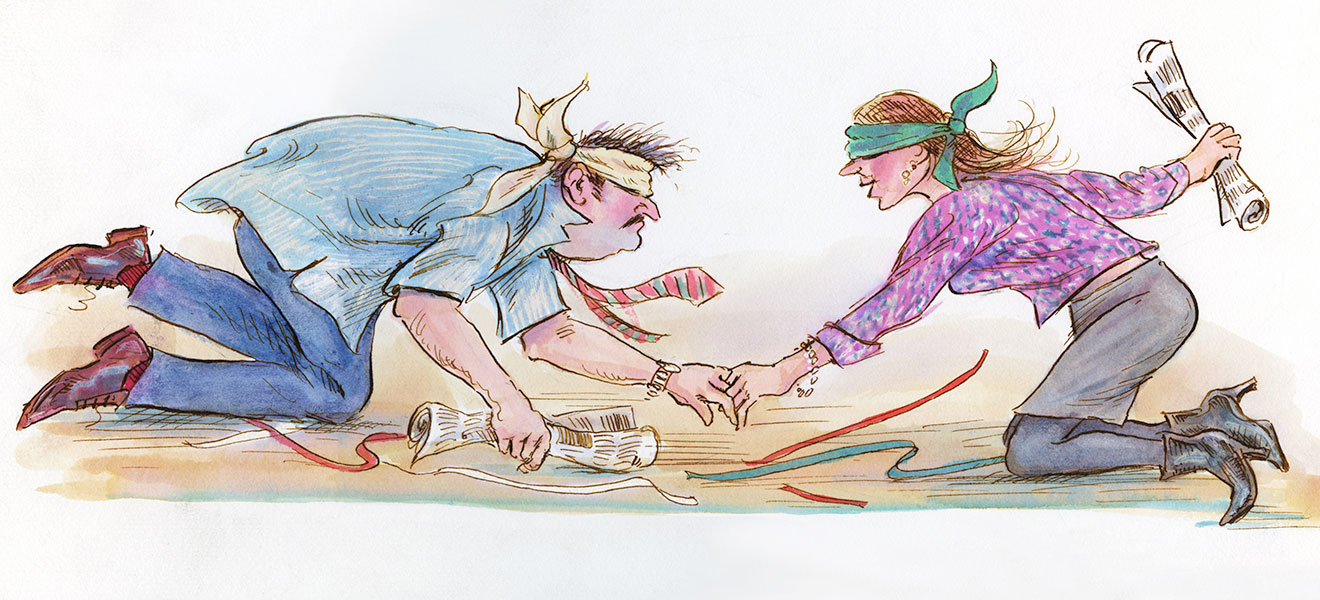 The 12 party games of Christmas
The 12 party games of ChristmasThe Twelve Days of Christmas land you with 12 days of enforced revelry. That’s 12 sub-sets of step-relations, 12 afternoons and evenings, 12 tailbacks on the M25. Kit Hesketh-Harvey suggests 12 games to keep you sane.
By Kit Hesketh-Harvey
-
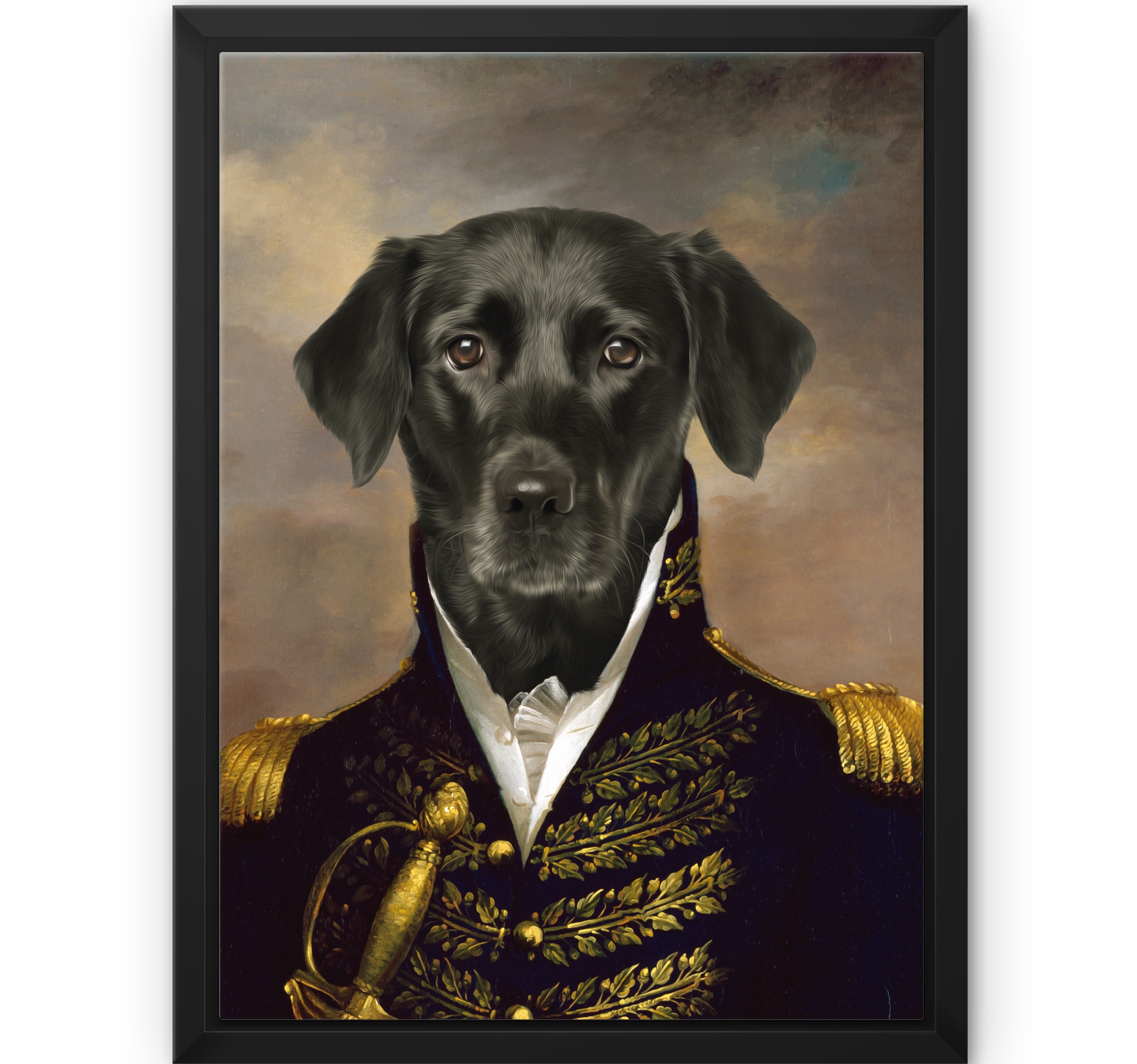 Christmas gifts for dogs and their owners
Christmas gifts for dogs and their ownersLooking for a present for a four-legged friend? Or someone somewhat obsessed with theirs? Take a look at our suggestions for Christmas gifts for dogs.
By Country Life